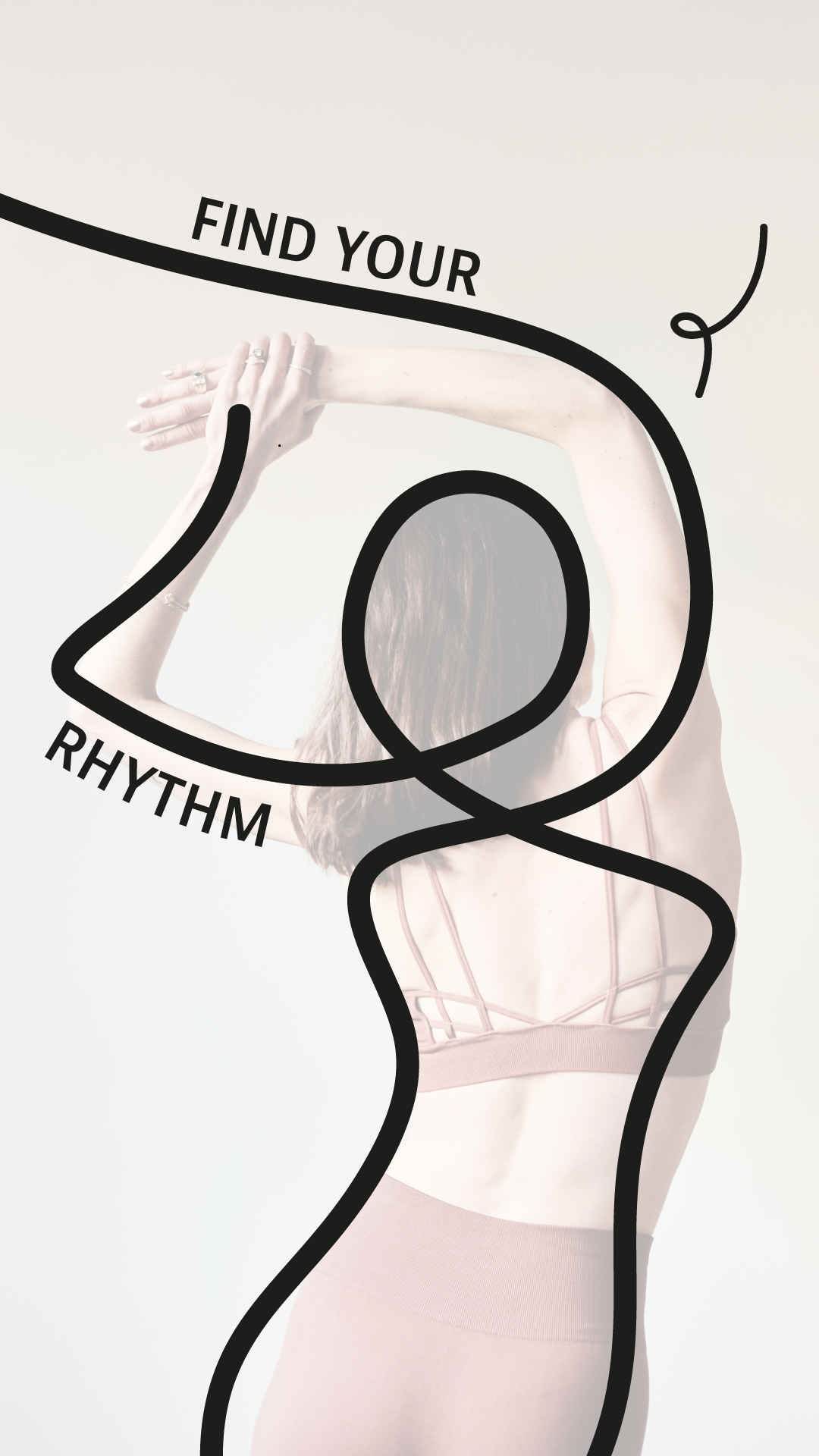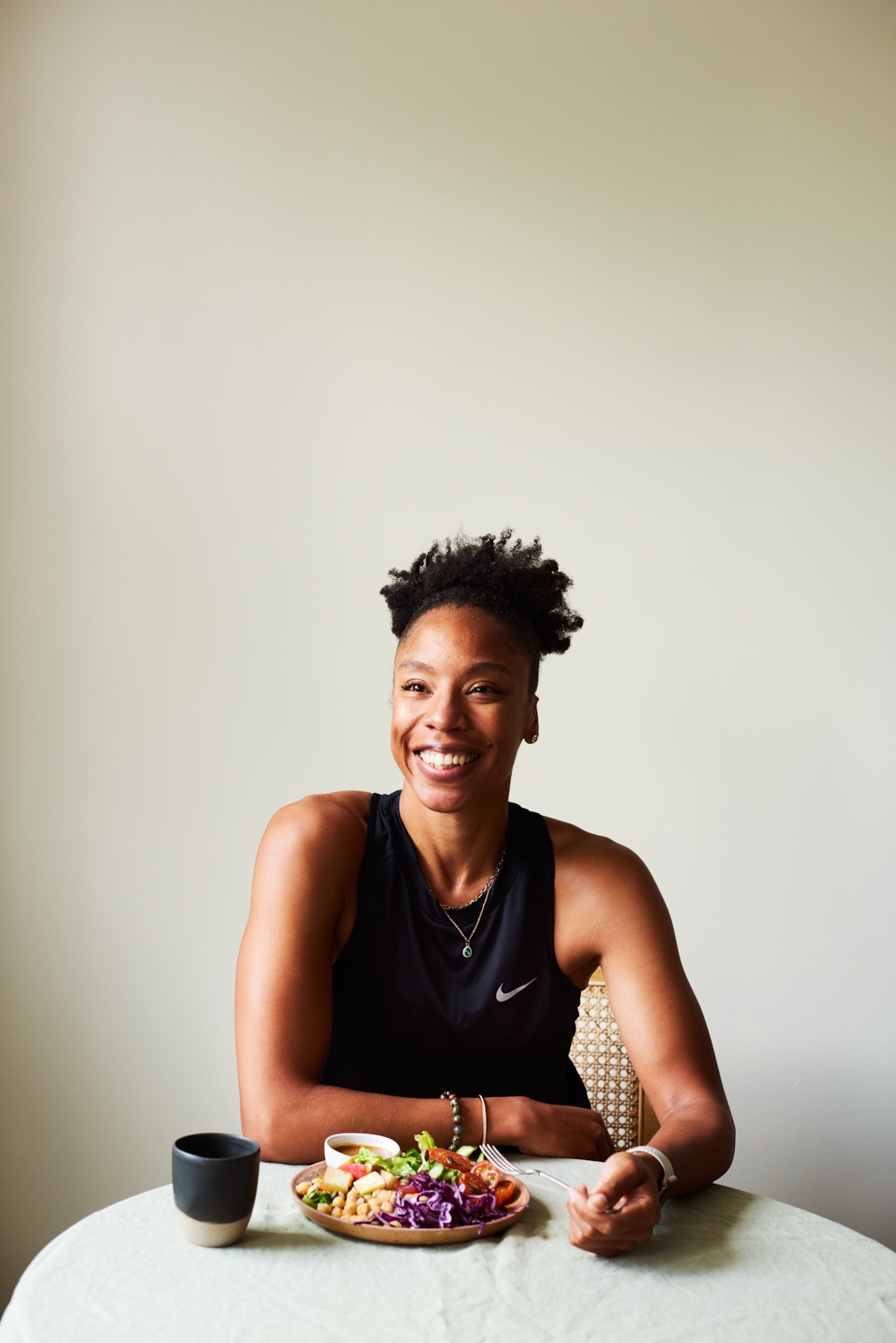10 Feb, 2023
How different movement works with the body + how to refuel accordingly
Movement, why should we do it and how does it scientifically relate to our bodies? Understanding our physiology and appreciating the demands placed on the body during exercise is the perfect place to start. Through physiology, the body responds and cleverly signals back to you, its ability to move. The natural hormones and chemicals produced create a positive affect, empowering, energising and encouraging you to move and push your perceived physical limits, if that’s a goal for you too! We can use movement to practice all the pillars of health including nutrition, sleep and mind to help create an optimal internal environment. Movement increases our overall physical health, so what is the science behind it and how does it works with the body?
FitnessLet's explore this question through different training methods and take a look at the different body systems that are both integrated and interconnected — you may become wonderfully inspired to move to help you live optimally in this year!
3 Key Training Methods
1. Endurance Training
Steady state cardio is a brilliant form of endurance and aerobic training. It is excellent for heart health, weight management, body composition, training the aerobic energy system, lowering bad cholesterol and higher levels of good cholesterol and reducing blood pressure, to name a few. ‘Aerobic exercise using large muscle groups in rhythmic activity, is very useful for reducing blood pressure over time.’*
Your circulatory system including the heart, blood circulation and vessels help to carry a constant supply of oxygen and nutrients to the tissues in the body, playing a key role in endurance health. It’s important to eat a nutrient rich diet to support your cardiovascular system and its natural physiological functions. ‘In order to sustain exercise, the cells in the body require a supply of nutrients and their waste products must also be removed...with regular aerobic training there will be improvements in the efficiency of the heart as a pump and the ability of the vascular system to deliver blood to the working body parts.’*
Steady state cardio can be achieved through walking, cycling, running and hiking — all great forms of movement, with walking being one of the easiest ways to practice and to stay healthy. So get those steps in and know it's working wonders for you.
When it comes to endurance training carbs are king as this macro is used to fuel the body. Some of this energy is stored in the muscles and liver as glycogen and the rest comes from the food you eat. Balance your intake with your levels of activity so eat more on the days you train and less on rest days alongside a little protein and some healthy fats. If your training is more than recreational, perhaps you're training for a marathon, then time your intake to help restore glycogen in the muscles after training and before your next session. Always choose wholegrain and wholemeal carbs as the benefits of fibre complement the heart protective effects of aerobic exercise. (Rob Hobson, Registered Sports Nutritionist)
2. Flexibility Training
In addition to training the body's cardiovascular system, flexibility training maintains and/or increases muscle length and mobility training maintains, increases or corrects your range of motion.
Static stretching and Dynamic stretching sends feedback via the nervous system that you are ready for movement or have effectively cooled down after training. ‘Static stretching can be used for both maintenance of muscle length or for developing muscle length further. Dynamic stretching involves movement...helps to reduce the risk of injury by warming the muscle tissues and mobilising joints using the types of movement that are about to follow.’*
This type of movement is a key component of any training programme to aid correct movement patterns, to avoid injury and build confidence to move freely in your daily lives. So lay out the mat and enjoy a good stretch the next time your settling in to watch the TV!
Eating for this typo of training is just about maintaining healthy balanced diet. Given the nature of this training and the stretching and movement involved try not to eat a couple of hours beforehand. Flexibility means keeping your bones and joints healthy and this is especially important for women during menopause who can experience accelerated bone loss. Ensure a good intake of calcium and plenty of fruits and vegetables rich in antioxidants and vitamin C which is used to make collagen in the body which is a key component of cartilage. Vitamin D is also needed to help the body absorb calcium so supplement in the winter and get outdoor in the sunshine during the summer. You can get some vitamin D from foods such as oily fish. (Rob Hobson, Registered Sports Nutritionist)
3. HIIT and Strength Training
To compliment endurance training (which is aerobic and of a lower intensity), practicing a higher intensity is a great form of anaerobic training.
This is achieved with intense movement, strength training and sprinting, building the intermediate and fast twitch muscles in the body. These have ‘decreased oxygen delivery, produce more force, short-term contractions and have less resistance to fatigue’, whilst aerobic training builds slow twitch muscles which have ‘increased oxygen delivery, produce less force, long-term contractions and resistance to fatigue.’*
A cross training programme that includes both low intensity steady state cardio (LISS), HIIT and strength training is a wonderful way to optimise our full muscular capability, to build lean muscle and maintain bone density as the body ages reducing the risk of Osteoporosis - a complete win win!
Like endurance training this type of training requires a good intake of carbohydrates but there is no one size fits all. It really depends on the levels of exercise and how hard you are working out. Both HITT and strength/power training involve a fair amount of weight bearing exercise. Protein is important to help the muscle repair and grow after this type of training. Ensure you are getting enough (up to 1.2g per kg body weight daily) and time it right. Get around 25g of good quality protein after you workout and then spread the rest of your intake out across the day with every meal. Leucine is an important amino acid that helps trigger muscle protein synthesis so opt for protein like fish, meat, poultry, eggs and legumes or a protein shake for convenience. (Rob Hobson, Registered Sports Nutritionist)**
The Body’s Systems
The Nervous System
Our bodies are brilliant at working in isolation and interdependently. The nervous system stimulates the muscular system to contract and create force production, which in turn creates movement known as the neuromuscular system. ‘Our physical abilities, like strength, endurance, or power (as well as our fine motor controls, such as balance, reactivity and coordination), are all governed by how well these two systems communicate.’*
This highlights the importance of training the mind to muscle connection and to remember our internal environment is connected ‘If the nervous system can be developed, the muscular system will follow suit and overall performance will improve.’*
Energy Systems
Receiving adequate energy is crucial for efficient functioning of the body. ATP is where all of our energy comes from and where it uses the energy provided by the macronutrients in the food we eat - Carbohydrates, Proteins and Fats. ATP drives the muscle contraction, demonstrating the brilliant interconnection of our digestive system, the muscular system and the nervous system working together ‘as long as the ATP supply is sufficient to meet exercise demands, muscular activity can continue.’*
Having a nutritious diet to produce energy, understanding the physiological functions and the capabilities of our body is a key component to movement. Maintenance, preparation, rest and recovery is also key — it’s all interconnected to make you whole.
A great reason to introduce a movement programme that includes cross training, knowing the rest will take care of itself.
How optimally awesome is that?
**Whether you're easing into movement with cardio or pushing limits with a top HIIT workout, how you fuel your body is just as important as how you move it. Our healthy meal delivery options are designed to support recovery, boost energy, and keep you on track, especially when you're smashing through the best HIIT exercises to burn fat. Move smart, eat well, and let your body do what it was built to do.
Jade Swaby / Coach and Personal Trainer / https://www.i-brandyou.com/ / @j_a_d_e__s
Rob Hobson / Registered Sports Nutritionist / https://robhobson.co.uk/nutritionist-london / [email protected] / Author of the Detox Kitchen Bible Cookbook and The Cheats and Eats Lifestyle Programme / Follow my monthly Women’s Health feature / @robhobsonnutritionist
*All references are sourced from Active IQ.



